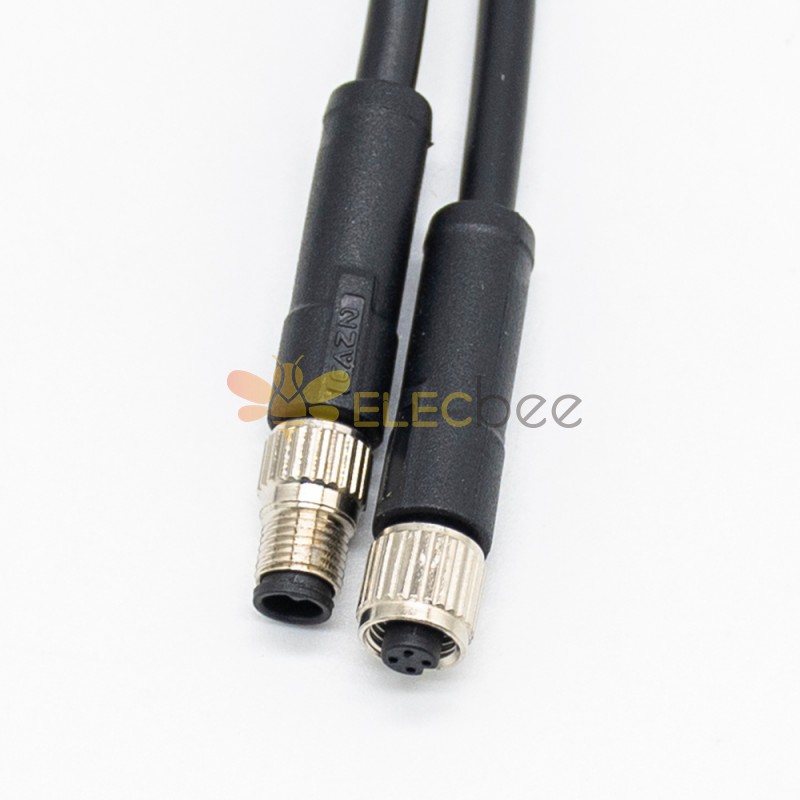M5 and M8 connectors are two of the most commonly used circular connectors in industrial applications. Although they are similar in appearance, there are some crucial differences between the two. Understanding these differences can help you select the right connector for your specific application.

Size and Pin Count
The most apparent difference between the M5 connector and M8 connectors is their size. M5 connectors have a 12mm thread diameter, while M8 connectors have an 8mm thread diameter. This size difference impacts the number of pins each connector can hold. M5 connectors can have between 2 and 12 contacts, while M8 connectors typically have two to four contacts. This difference in size and pin count makes M5 connectors more suited for applications requiring more power and data transfer.
Voltage and Current Ratings
M5 and M8 connectors have different voltage and current ratings. M5 connectors can handle a higher voltage and current load, up to 250 volts and 4 amps, respectively. In contrast, M8 connectors have a maximum power rating of 60 volts and 2 amps. This higher voltage and current rating of M5 connectors make them more suitable for larger machines and systems, such as robotic automation or machine-to-machine communication.
Environmental Resistance
Both M5 and M8 connectors are designed to withstand harsh environments, but there are some differences in their environmental resistance. M5 connectors are available in a range of IP ratings, from IP65 to IP69K, making them ideal for outdoor and high-temperature applications. M8 connectors, on the other hand, typically have lower IP ratings, making them more suited for indoor applications with milder environments.
Cost and Availability
M5 and M8 connectors differ in terms of their cost and availability. M5 connectors are more popular and widely used in industrial applications, making them more readily available and typically less expensive. In contrast, M8 connectors are less common and may be harder to find, and they tend to be more expensive per pin than M5 connectors.
In conclusion, M5 and M8 connectors both have their unique advantages and disadvantages, making them better suited for specific applications. Understanding the differences between M5 and M8 connectors in terms of size, pin count, voltage and current ratings, environmental resistance, cost, and availability is crucial in choosing the appropriate connector for your industrial application.